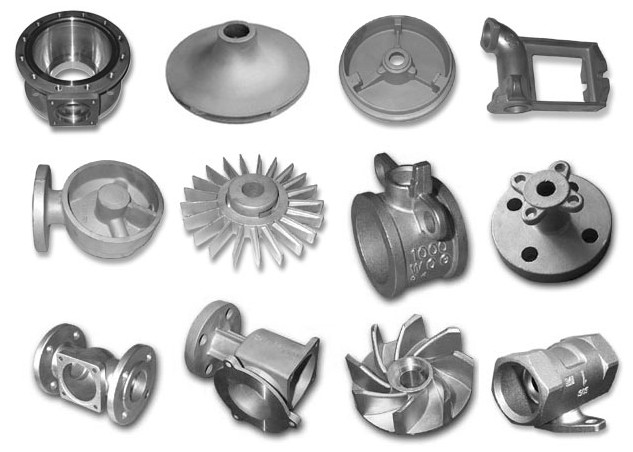<p style="text-align: justify;">Automotive sector now desire thinner, larger, stronger and complex die cast products than before. Porosity was the main cause of rejection of castings. In cold chamber process, the turbulence of alloy is forced at high pressure in the die’s hollow space.</p>
<p style="text-align: justify;">Due to complex shapes of several casting molds, oxygen, air and gases are trapped quite often in the casting. As a result, you can see porosity, when the casting is painted, powdered or chromed. If thin casting section includes air then it is rejected. Porosity affects the products mechanical properties.</p>
<p style="text-align: justify;">In structures, porosity can be stressed and then cracked. It can be the cause of customer dissatisfaction.</p>
<h4 style="text-align: justify;"><strong>How Vacuum-assisted Casting Works?</strong></h4>
<p style="text-align: justify;">Vacuum-assisted casting process differs a little from one firm to another. The basics are generally similar. The mound is encapsulated in a sealed housing, which is placed over a furnace filled with molten metal. The spout of the mound is submerged in the molten metal bath.</p>
<p style="text-align: justify;">Vacuum is applied in the housing to evacuate air inside and create pressure gap inside the mound and above the melt. This differential pressure pulls the molten metal upwards inside the mound cavity. Gravity pouring can trap gas, but the aim of vacuum-assisted casting is to control metal flow for soothing mound fill.</p>
<p style="text-align: justify;">After the casting is filled, the gates are coagulated and vacuum is released causing molten metal in the spout to fall back in the furnace. The only disadvantage of vacuum-assisted method is that vacuum must be maintained until the gating solidifies. As parts get bigger, it takes a lot of time for the gates to coagulate, so this process is suitable for thin walls.</p>
<h4 style="text-align: justify;"><strong>Benefits of Vacuum Casting</strong></h4>
<ul style="text-align: justify;">
<li>Eliminates the occurrence of porosity</li>
<li>Controls the molten metal flow accurately</li>
<li>Metal is drawn from molten metal bath positioned below avoiding inclusions and slag</li>
<li>Ensures excellent surface quality</li>
<li>Enhances product strength and density</li>
<li>Allows to make large, thin and complex castings</li>
<li>Extends mound and tool life because less casting force is needed</li>
</ul>
<p style="text-align: justify;">Vacuum Casting Services applies this method in permanent mound, investment casting, sand casting and die casting processes.</p>
<h4 style="text-align: justify;"><strong>V-Process casting &#8211; Overview</strong></h4>
<p style="text-align: justify;">V-process is a modification of sand casting process. Sand is held in a flask filled with vacuum. Before the process starts, a pattern is inserted on a vacant carrier plate. A thin film of plastic is heated and placed over the pattern. When this heated film covers the pattern, vacuum is drawn firmly around the pattern. A flask is then placed around the film-pattern.</p>
<p style="text-align: justify;">Dry, free flowing sand is used to fill this flask. Now, a second film-sheet is put on the flask and vacuum from the pattern is released and applied over the flask containing sand. The mound is then separated from the pattern. The other half of the mound is made in the same way. Both molds are aligned and molten metal is poured under vacuum. The plastic-film will melt and are replaced by metal. When the metal solidifies, the vacuum is liberated and sand falls away.</p>
<p style="text-align: justify;">Low operating cost, zero draft, tight tolerance, smooth surface finish, thin wall capabilities, low tooling costs and unlimited pattern life are the advantages of V-casting process.</p>

Vacuum Casting Process For Producing Complex and Difficult Castings
